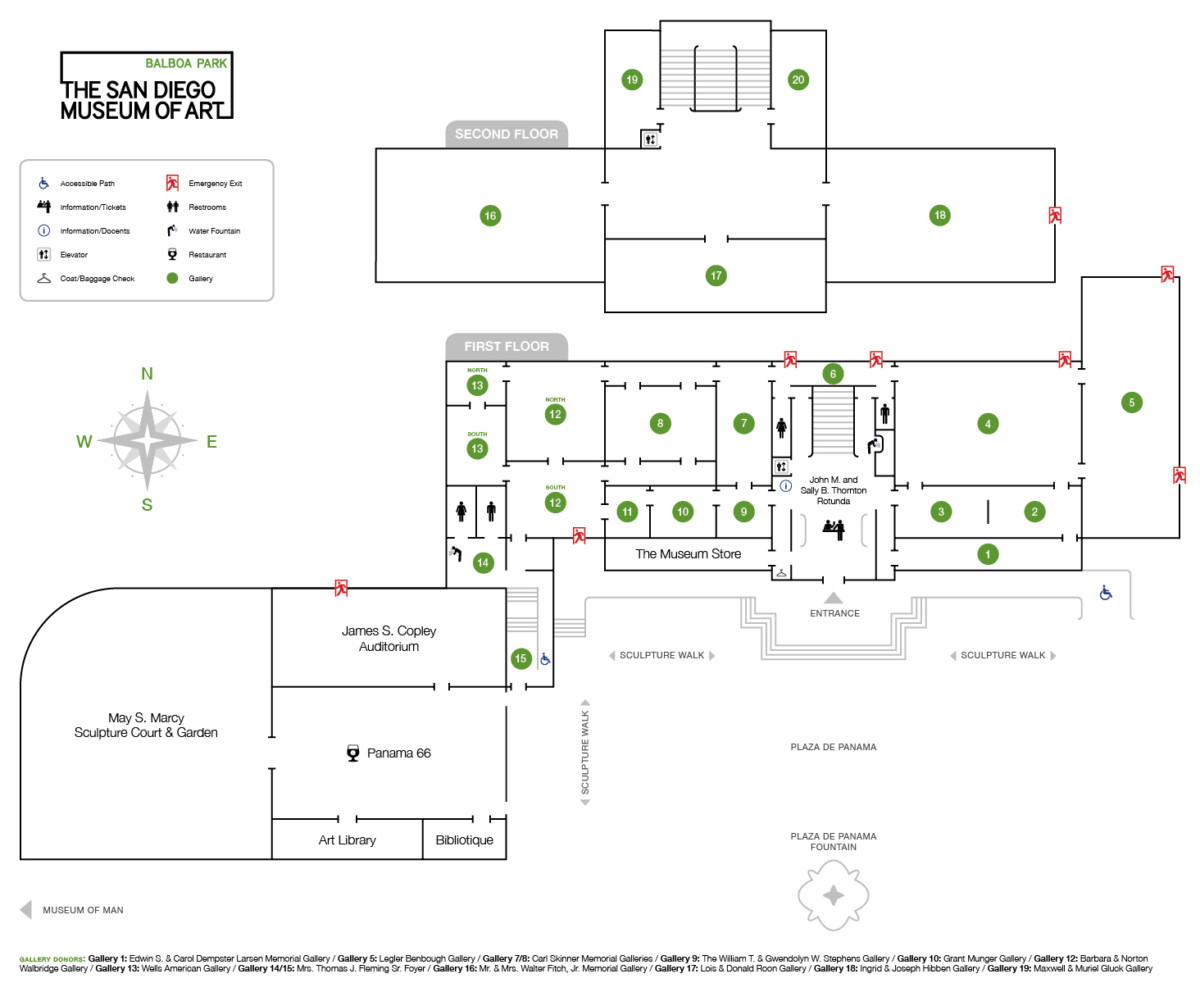In celebration of the return of Ramesses II to the Museum after an extended loan, Out of Egypt will spotlight this important portrait of Egypt’s most powerful pharaoh by placing it within its broader historic and artistic contexts. This finely carved quartzite sculpture was purchased by the Museum in 1949 and was displayed here for four decades before being loaned to the San Antonio Museum of Art. The statue depicts the pharaoh in the classic striding pose and wearing the typical shendyt (pleated linen kilt) and nemes (striped, folded headcloth). His name and royal titles are inscribed in hieroglyphs on his belt buckle and on the supporting back pillar: “Ramesses, beloved of Amun…The Victorious Bull…King of Upper and Lower Egypt…The son of Ra…”
Ramesses II, known as “Ramesses the Great,” ruled Egypt for 67 years (1279-1212 BCE) and was responsible for an extensive building program which remade the face of Egypt and included numerous temples at sites such as Luxor, Karnak, Abydos, Thebes, and others. He erected many hundreds of carved images of himself, the most famous being the colossal seated statues at the Great Temple of Abu Simbel in Nubia.
The return of Ramesses II to San Diego offers an opportunity to illustrate the canonic properties of Egyptian royal portraiture as well as demonstrate the seminal influence of Egyptian sculpture on the art of the Greeks, and later, through the conquests of Alexander the Great, on sculpture in the Gandharan region of northwest Pakistan. To illustrate this influence, two sculptures will be exhibited with Ramesses II: Torso of Herakles, a 2nd century Roman marble copy of a famous Greek bronze of the 4th century BC loaned by the Santa Barbara Museum of Art, and Standing Bodhisattva, a 3rd century Gandharan sculpture that has been in the Museum’s collection since 1980.


